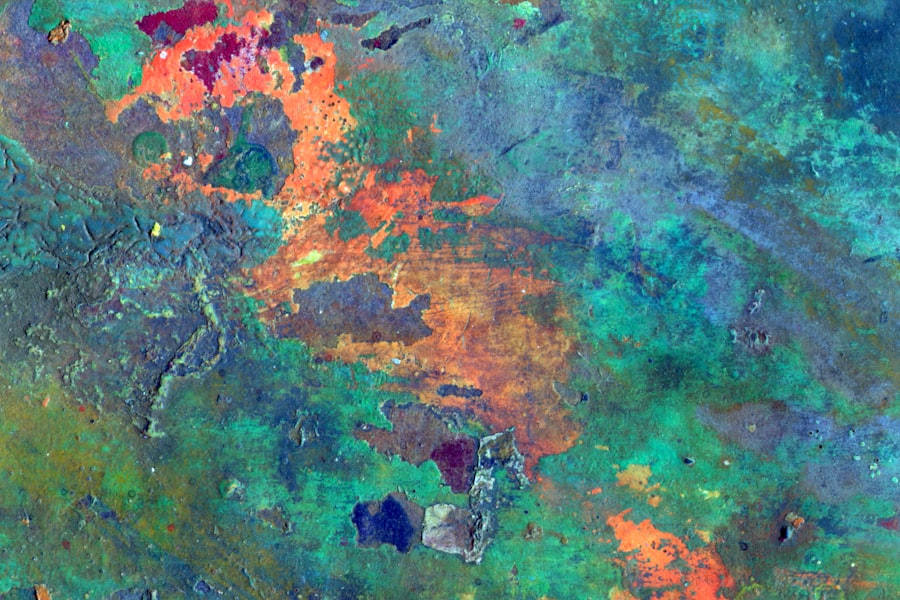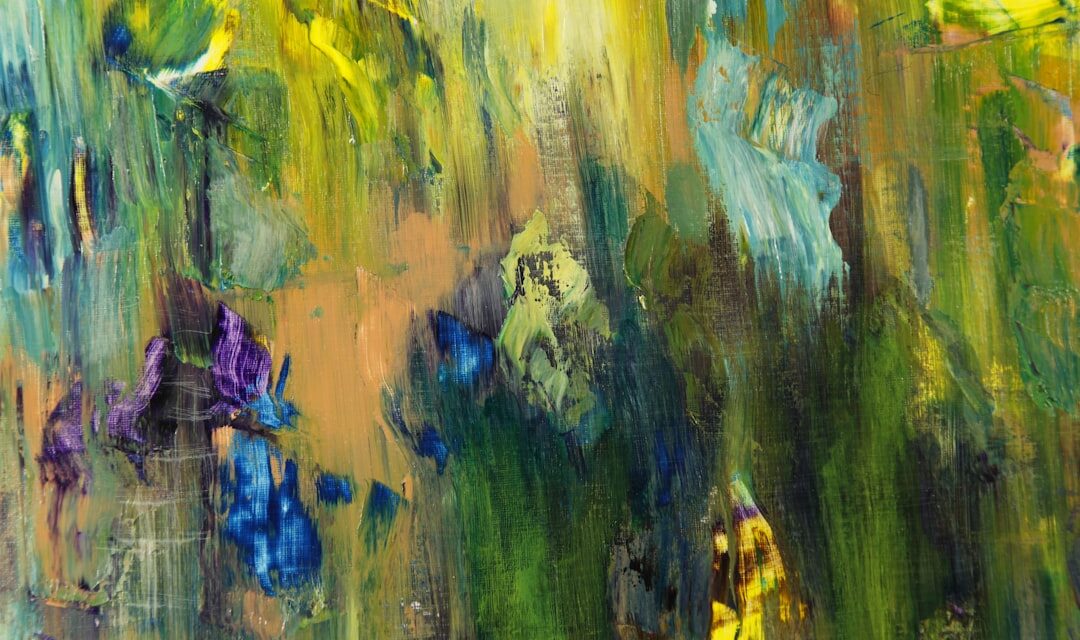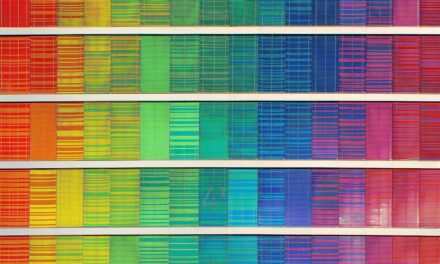Creative expression is a fundamental aspect of the human experience, serving as a vital outlet for emotions, thoughts, and ideas. It allows individuals to articulate their innermost feelings and perspectives in ways that transcend the limitations of language. Through various forms of creative expression, people can connect with others, fostering a sense of community and shared understanding.
This connection is particularly significant in a world that often feels fragmented and disconnected, as art and creativity can bridge gaps between diverse cultures and experiences. Moreover, creative expression plays a crucial role in personal development. Engaging in artistic activities encourages self-discovery and introspection, enabling individuals to explore their identities and beliefs.
This journey of self-exploration can lead to greater self-awareness and confidence, as individuals learn to embrace their unique voices. In essence, creative expression is not merely a pastime; it is an essential component of personal growth and societal cohesion, enriching both the individual and the community at large.
Summary
- Creative expressions are important for personal growth and self-discovery
- Different forms of creative expressions include art, music, writing, dance, and more
- Engaging in creative expressions can reduce stress and improve mental well-being
- Overcoming creative blocks can be achieved through experimentation and seeking inspiration
- Finding inspiration for creative expressions can come from nature, personal experiences, and other artists
Different Forms of Creative Expressions
Creative expression manifests in myriad forms, each offering unique avenues for exploration and communication. Traditional art forms such as painting, sculpture, and drawing allow artists to convey their visions through visual mediums. These practices often involve a deep engagement with materials and techniques, enabling artists to create tangible representations of their thoughts and emotions.
Additionally, performing arts such as theatre, dance, and music provide dynamic platforms for storytelling and emotional expression, inviting audiences to experience narratives in immersive ways. In recent years, digital media has emerged as a powerful form of creative expression. From graphic design to digital photography and video production, technology has expanded the possibilities for artists to share their work with a global audience.
Social media platforms have further democratized the art world, allowing individuals to showcase their creativity without the constraints of traditional galleries or institutions. This evolution in creative expression not only reflects contemporary culture but also encourages collaboration and innovation across disciplines.
Benefits of Engaging in Creative Expressions

Engaging in creative expressions offers a multitude of benefits that extend beyond the act of creation itself. One of the most significant advantages is the enhancement of cognitive abilities. Studies have shown that participating in artistic activities can improve problem-solving skills, critical thinking, and overall mental agility.
This cognitive engagement is particularly beneficial for children, as it fosters creativity and adaptability—skills that are increasingly valuable in today’s rapidly changing world. Furthermore, creative expression serves as a powerful tool for emotional regulation. Engaging in artistic activities can provide an outlet for stress relief and emotional release, allowing individuals to process complex feelings in a constructive manner.
Whether through painting, writing, or playing music, the act of creating can be cathartic, helping individuals navigate challenges and uncertainties in their lives. In this way, creative expression not only enriches personal well-being but also contributes to resilience in the face of adversity.
Overcoming Creative Blocks
Despite the numerous benefits associated with creative expression, many individuals encounter periods of creative block—those frustrating moments when inspiration seems elusive. Overcoming these blocks requires patience and a willingness to explore new approaches. One effective strategy is to change one’s environment; a fresh setting can stimulate new ideas and perspectives.
Whether it’s taking a walk in nature or rearranging a workspace, altering one’s surroundings can reignite the creative spark. Another approach involves embracing imperfection. Many artists fall into the trap of striving for perfection, which can stifle creativity and lead to frustration.
By allowing oneself to create without the pressure of producing a flawless piece, individuals can free their minds and rediscover the joy of creation. Experimentation is key; trying out new techniques or materials can lead to unexpected discoveries that inspire further exploration. Ultimately, overcoming creative blocks is about nurturing a mindset that values curiosity and playfulness over rigid expectations.
How to Find Inspiration for Creative Expressions
Inspiration can be found in the most unexpected places, often waiting just beyond the periphery of our daily lives. Nature is a timeless source of inspiration for many artists; the intricate patterns of leaves, the vibrant hues of sunsets, or the rhythmic sounds of waves can evoke profound emotions and ideas. Taking time to observe the natural world can awaken a sense of wonder that fuels creativity.
Additionally, engaging with other forms of art can spark inspiration. Visiting galleries, attending performances, or simply exploring different artistic styles can provide fresh perspectives and ideas. Collaborating with fellow creatives can also be immensely beneficial; sharing thoughts and experiences often leads to new insights that might not have emerged in isolation.
Ultimately, finding inspiration is about cultivating an open mind and being receptive to the beauty and creativity that surrounds us.
Using Creative Expressions for Mental Health and Well-being

The therapeutic potential of creative expression has garnered increasing recognition in recent years, particularly in relation to mental health and well-being. Art therapy, for instance, utilises creative processes to help individuals express emotions that may be difficult to articulate verbally. This form of therapy has been shown to alleviate symptoms of anxiety, depression, and trauma by providing a safe space for exploration and healing.
Moreover, engaging in creative activities can foster mindfulness—a state of being present in the moment that has been linked to improved mental health outcomes. When individuals immerse themselves in the act of creation, they often experience a sense of flow that allows them to temporarily escape from stressors and worries. This immersion not only promotes relaxation but also enhances overall life satisfaction.
By integrating creative expression into daily routines, individuals can cultivate resilience and enhance their emotional well-being.
The Role of Creative Expressions in Cultural and Social Movements
Throughout history, creative expressions have played a pivotal role in cultural and social movements, serving as powerful tools for advocacy and change. Artists have often used their work to challenge societal norms, raise awareness about injustices, and inspire collective action. From protest songs that galvanise communities to visual art that confronts political issues, creativity has the power to amplify voices that might otherwise go unheard.
In contemporary society, this role remains as relevant as ever. Movements such as Black Lives Matter and climate activism have harnessed the power of art to communicate their messages effectively. Street art, for example, has emerged as a potent form of protest, transforming public spaces into canvases for social commentary.
By engaging with these movements through creative expression, artists not only contribute to important dialogues but also inspire others to reflect on their own roles within society.
Tips for Sharing and Communicating Creative Expressions
Sharing creative expressions with others can be both exhilarating and daunting. To navigate this process successfully, it is essential to approach it with authenticity and openness. One effective tip is to start small; sharing work with trusted friends or family members can provide valuable feedback while building confidence before reaching a wider audience.
Utilising social media platforms can also be an effective way to share creative work with a broader community. By curating an online presence that reflects one’s artistic journey, individuals can connect with like-minded creatives and engage in meaningful conversations about their work. Additionally, participating in local art shows or community events can provide opportunities for face-to-face interactions that foster connections within the artistic community.
Ultimately, sharing creative expressions is about embracing vulnerability and celebrating individuality. Each artist has a unique story to tell; by communicating this story through their work, they contribute to a rich tapestry of human experience that resonates with others on profound levels. In doing so, they not only honour their own creativity but also inspire others to embark on their own journeys of self-expression.
If you are interested in exploring different art techniques, you may want to read an introduction to the art technique Verdaille. This article delves into the intricate process of creating verdaille paintings, a technique that involves using layers of translucent glazes to achieve a rich, luminous effect. Understanding different art techniques can enhance your appreciation for creative expressions like the painting “Death and the Maiden” by Hans Baldung Grien. Another fascinating art technique to explore is encaustic hot wax painting, which you can learn more about in this article.




